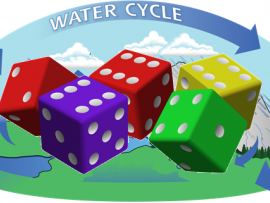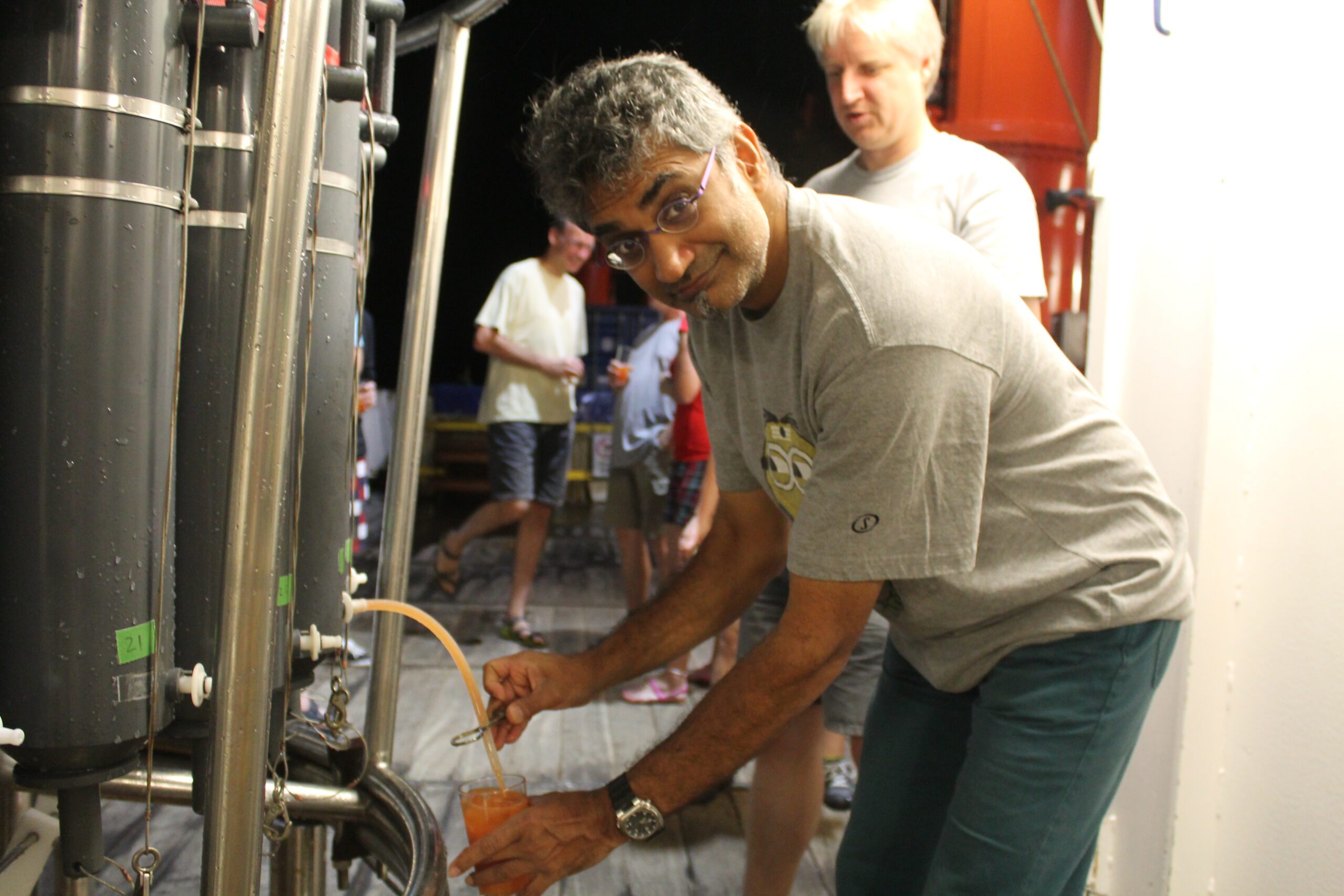Originally presented 13 Jan 2018
SUPPORTED BY NSF DIVISION OF OCEAN SCIENCES AWARD #1737128
The ten largest rivers in the world contribute 38% of all riverine input into the oceans. Their plumes extend 100’s to 1000’s of kilometers offshore and are important conduits for terrigenous nutrients to the oceans. Direct anthropogenic activity through land and water use change as well as indirect climate change effects are altering the chemistry of these rivers and consequently the marine ecosystem influenced by the plumes. We have to understand the biogeochemical cycles affected by these river plumes in order to predict changes to the marine ecosystem in the future. Techniques for detection and mapping of these river plumes will be presented. Mapping the plumes allows us to understand short term and long term changes. We will also discuss the supply of nutrients and how affects primary productivity and structure of microbial populations in the river plumes.
At the end of the session, we will develop a common understanding of:
1) The distribution of large river plumes in the ocean,
2) How processes happening on land affect microbial communities in the ocean, and
3) Remote sensing techniques used to map river plumes in the ocean

Ajit Subramaniam is a Lamont Research Professor who first presented an Earth2Class Workshop in 2004, and has been a good friend to this program through the years. You can find out more about Ajit’s accomplishments on his home page.
Previous E2C Workshops presented by Ajit
“PIRANAs and PIRATAs Remote Sensing the Amazon River Plume” (Oct 2004)
“From Satellites to Microscopes: Studying Phytoplankton” with Andrew Juhl (Nov 2005)
Related Research
“Amazon River Drives Carbon Sink” (Proc. Nat. Acad. Sci., v. 105, no. 30, pp. 10271 – 10632)

Sonya Dyrhman’s Microbial Oceanography Group at LDEO

“Ocean Color and River Data Reveal Fluvial Influence in Coastal Waters” EOS, v. 82, no. 20, pp. 221 – 232.
“Plankton Biomass and Productivity in the Amazon River Plume: Correlation with Seasonal River Discharge” Continental Shelf Research, v. 16, pp. 291 – 319
“Blame it on the Rain: Study ties phosphorus loading in lakes to extreme precipitation events” NSP Discoveries Jan 11, 2018.
Committee on Earth Observation Satellites
A Consumer’s Guide to Satellite Remote Sensing of Multiple Phytoplankton Groups in the Global Ocean
Suggested NASA Resources:
“Building Intuition for In-Water Optics and Ocean Color Remote Sensing”
“Design Your Own SeaWiFS Biosphere Globe”
“Ocean Color Browser”
SeaWiFS (Sea-viewing WIde Field-of-view Sensor) Ocean Color Project
NASA Wavelength (A Full Spectrum of NASA Resources for Earth and Space Science Education)
“NEO (Near Earth Observation) Analysis in 10 Easy Steps”
“Design Your Own SeaWiFS Biosphere Globe”
Educational Resources
C-MORE Science Kits — Plankton
SeaWiFS (Sea-viewing WIde Field-of-view Sensor) Ocean Color Project
Studying Ocean Plankton from Space (In Space Math)



